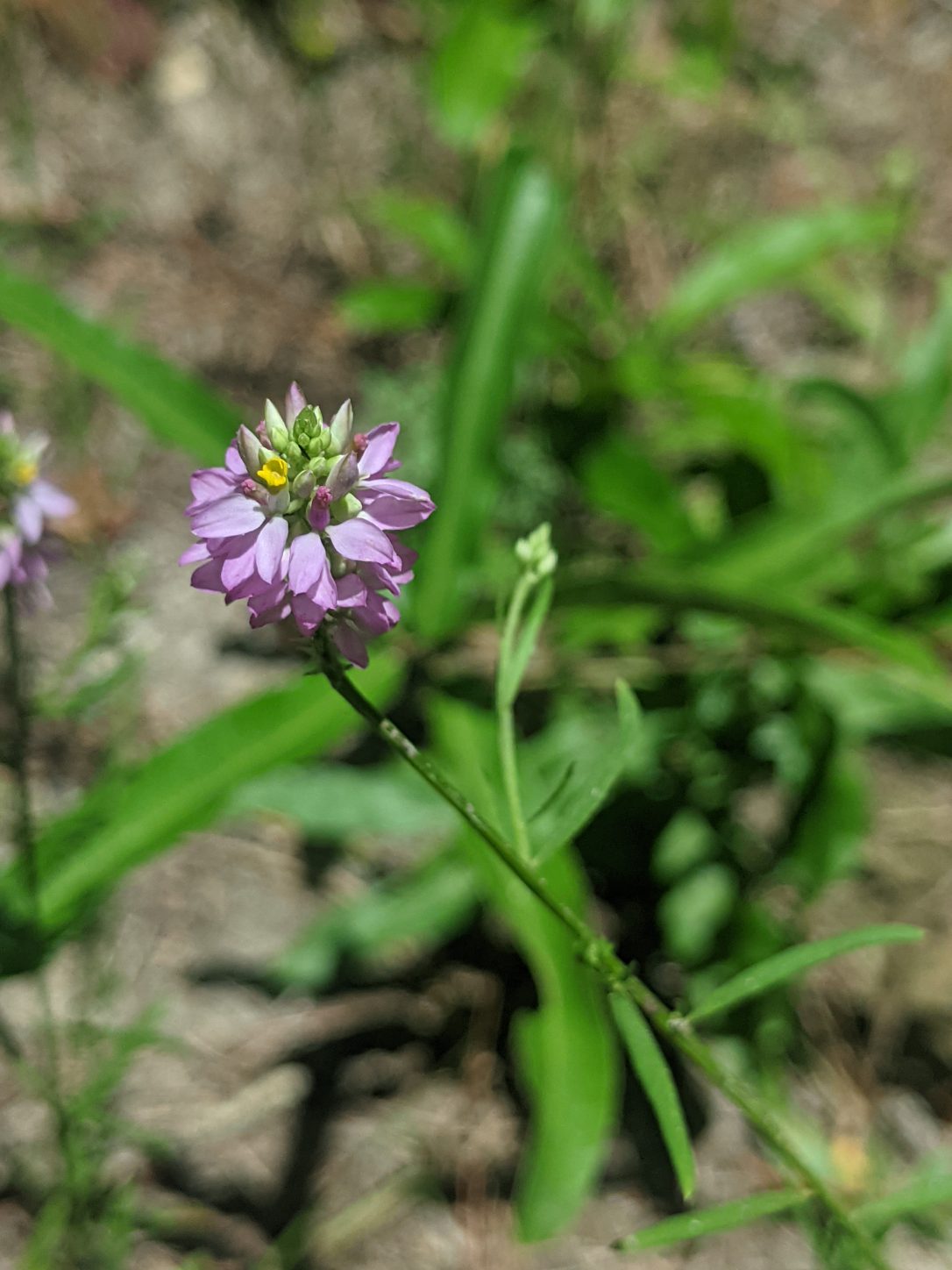Flora Fridays – August 16, 2024
go.ncsu.edu/readext?1018038
en Español / em Português
El inglés es el idioma de control de esta página. En la medida en que haya algún conflicto entre la traducción al inglés y la traducción, el inglés prevalece.
Al hacer clic en el enlace de traducción se activa un servicio de traducción gratuito para convertir la página al español. Al igual que con cualquier traducción por Internet, la conversión no es sensible al contexto y puede que no traduzca el texto en su significado original. NC State Extension no garantiza la exactitud del texto traducido. Por favor, tenga en cuenta que algunas aplicaciones y/o servicios pueden no funcionar como se espera cuando se traducen.
Português
Inglês é o idioma de controle desta página. Na medida que haja algum conflito entre o texto original em Inglês e a tradução, o Inglês prevalece.
Ao clicar no link de tradução, um serviço gratuito de tradução será ativado para converter a página para o Português. Como em qualquer tradução pela internet, a conversão não é sensivel ao contexto e pode não ocorrer a tradução para o significado orginal. O serviço de Extensão da Carolina do Norte (NC State Extension) não garante a exatidão do texto traduzido. Por favor, observe que algumas funções ou serviços podem não funcionar como esperado após a tradução.
English
English is the controlling language of this page. To the extent there is any conflict between the English text and the translation, English controls.
Clicking on the translation link activates a free translation service to convert the page to Spanish. As with any Internet translation, the conversion is not context-sensitive and may not translate the text to its original meaning. NC State Extension does not guarantee the accuracy of the translated text. Please note that some applications and/or services may not function as expected when translated.
Collapse ▲This edition of Flora Fridays takes a walk on the wild side through Uwharrie National Forest. This is the hottest time of the year, and it can be difficult to find actively blooming plant species. One key element here is water. Without precipitation, plants have to conserve their resources which may delay flowering. We had a very dry July, followed by inches of rain in the course of a week. Recent rains have reinvigorated the forest floor. Those venturing out for a hike are likely to come across new growth in the plant and mushroom world. It is also important to practice caution during the hottest parts of the day. Carry water, watch for snakes and ticks, and let a trusted person know where you plan to explore – better yet, bring a buddy along!
First on our list is Polygala curtissii, the Appalachian milkwort. This species is native to the mountains of Appalachia, and is not as common in the North Carolina piedmont. It has linear to lance shaped leaves that are arranged alternately along the slender stem. This plant can be found in rocky, open areas at a height of up to 15 inches. It is important to the ecology of the forest floor as well as for pollinators which feed on its nectar. Appalachian milkwort blooms from summer into early fall.
Orchids are not restricted to flower shops and around mother’s day. We have many native orchid species growing right under our feet, including this cranefly orchid. The cranefly orchid, Tipularia discolor, is easily recognizable in foliar and floral stages. Most of the year, it exists as a single, ellipse shaped leaf close to the ground. The underside of this leaf is characteristically purple, while the top is most often green or mottled green-purple. The numerous flowers are reminiscent of flying cranes, and are arranged in a tall spike reaching up to 2 feet. Another unique feature about this species is the color of its flowers which are brown to bronze-purple, uncommon flower colors in the southeastern United States. Find this orchid in forested areas, dry to wet, from summer to early fall.

Tipularia discolor, the cranefly orchid
Elephant’s foot, Elephantopus nudatus, received its name because of its large leaves arranged in a rosette around the base. The circle of large leaves is reminiscent of an elephant footprint. The leaves are also hairless and wrinkly, not unlike an elephant’s skin. This plant can be found across the Eastern United States in warm, sunny areas such as at woodland edges. It does best in drier areas. Elephant’s foot relies on insects for pollination, ants, moths, and bees in particular. The whole plant benefits the surrounding ecology by providing nectar from the flowers and the leaves are consumed by herbivores.
We hope you have enjoyed this edition of Flora Fridays! Please consider leaving feedback in the box below. At Extension, we are here to listen to and address your needs.






